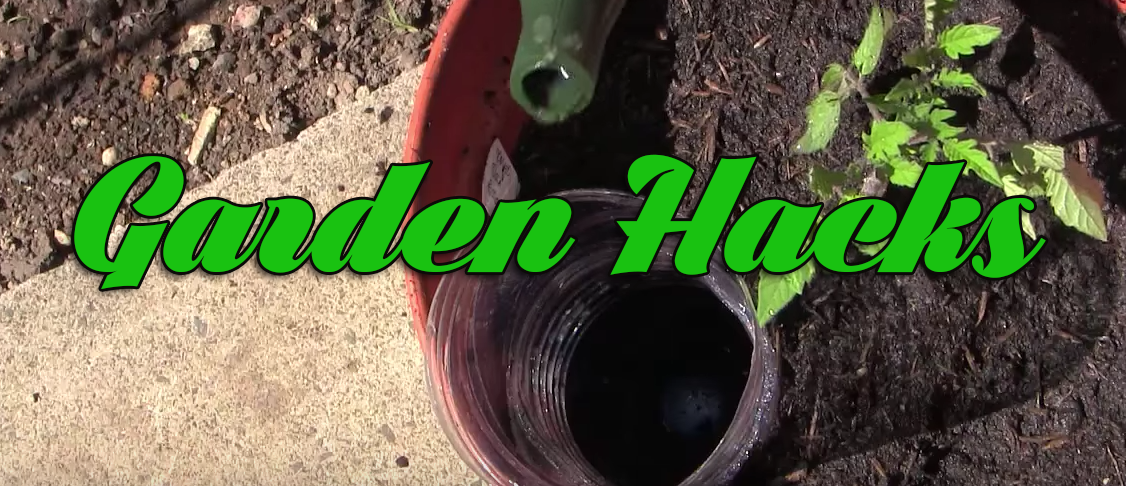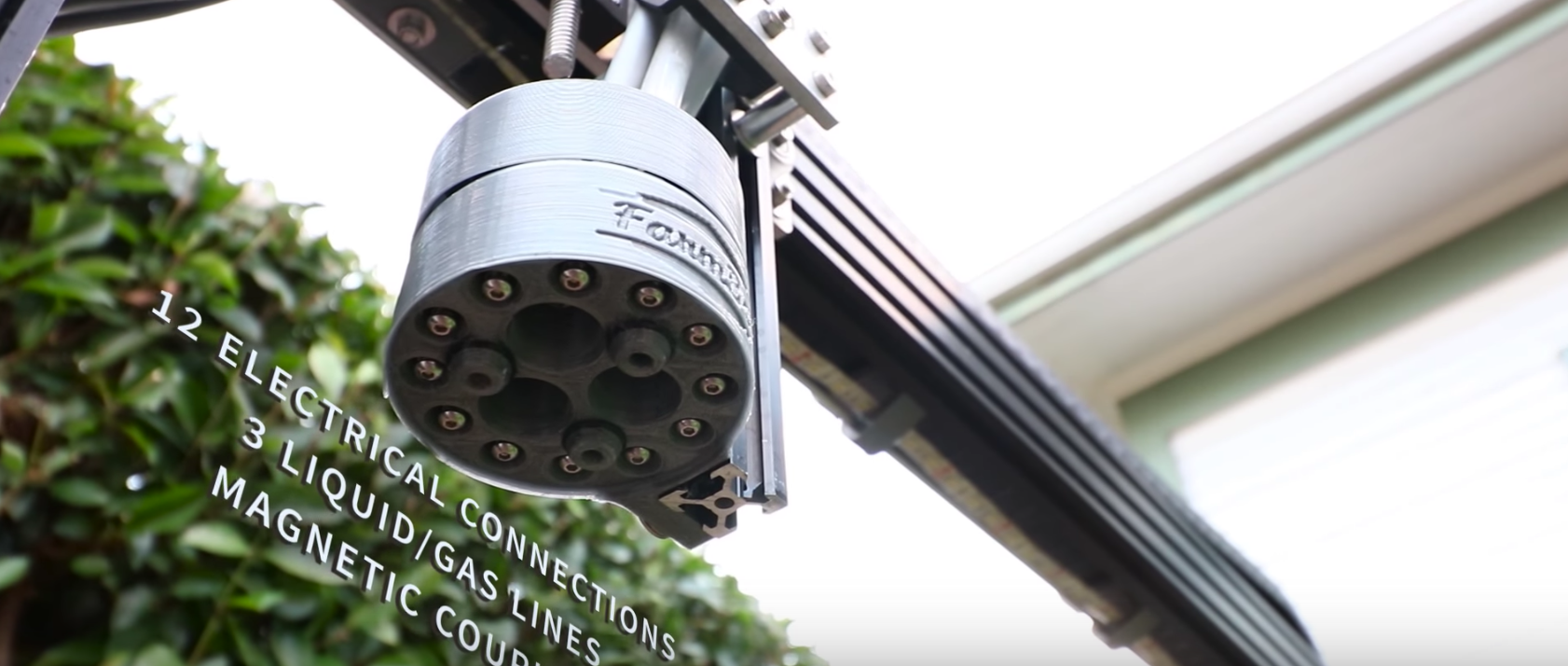Garden DIY Pharmacy
You may be imagining the satisfaction you’ll feel at having a pantry full of canned vegetables and dried herbs come winter, but there’s another very important role your garden can play in your life. All medicine that is used today has a common ancestor: herbs and other plants that were once used to treat almost … Read more





